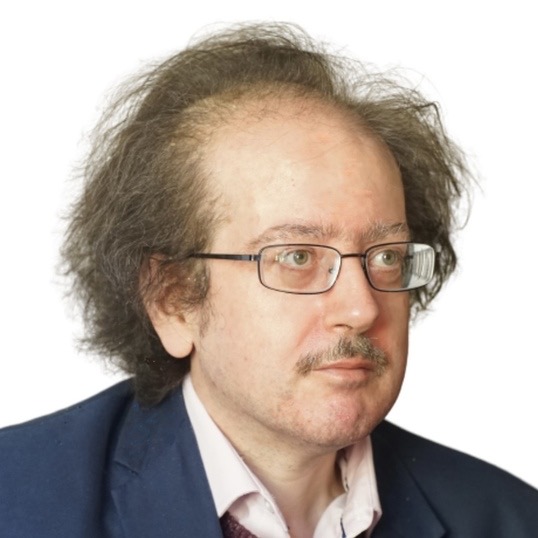

Oxford Communist Corresponding Society, 16 May 2024

1897; based on John Beddoe, The Races of Britain (1885)
It is not to be supposed that the possession of an Aryan language is necessarily a proof of the possession of Aryan blood. In many cases the conquering white race imposed its language on the aborigines whom it subjugated and enslaved. This must have been very much the case in Britain, and it is probable that the lower classes of a great part of England, though they now speak a language of mixed Teutonic and Latin origin, as they once spoke Celtic, are largely the descendants, through the slaves successively of Britons, Romans, and Saxons, and the “villains” or nativi of the Norman manorial system, of the aboriginal palæolithic “cave” man, and have far less in common with the Anglo-Saxon, the Celt, or any other white man than they have with the Hottentot, the Esquimaux, the Lapp, or the Australian “blackfellow.” This is particularly the case in what was once the forest-covered district of middle England. There, no doubt, when there was any fighting to be done, the aboriginal hid in the woods until it was all over, and only then came out to share in the spoil and the glory and the drinks; while the white man, whether Briton, Saxon, or Norman, went out to fight, and not infrequently to be killed. A survival, perhaps, of the unfittest was the result, which may account for some of the peculiar characteristics of the Midland lower classes. That the successive changes of masters were matters of little or no importance to the enslaved aboriginal, while a life of servitude was intolerable to the free white man, may account for the fact that the labouring classes of Devon, Cornwall, Somerset, Wales, and the Welsh border are of a type infinitely superior in manners, morals, and physique to the same class in the Midlands, because they now consist almost entirely of the descendants of the free Britons who were driven westward rather than submit to the overwhelming invasion of the Teutonic tribes. Thus it is that probably, except for a certain Silurian (or Iberian) element in South Wales, which descends from the higher or fighting sort of pre-Aryan, and a surviving aboriginal element in parts of Ireland, the natives of what are known as the “Celtic” parts of these islands are more purely Aryan than any except the upper and upper middle classes of the so-called “Anglo-Saxon” districts of Britain. And of the Celtic parts of Britain, the Highlanders of Scotland and the Cornish are probably of the most unmixed Aryan or white race.
— Henry Jenner, A Handbook of the Cornish Language (1904)